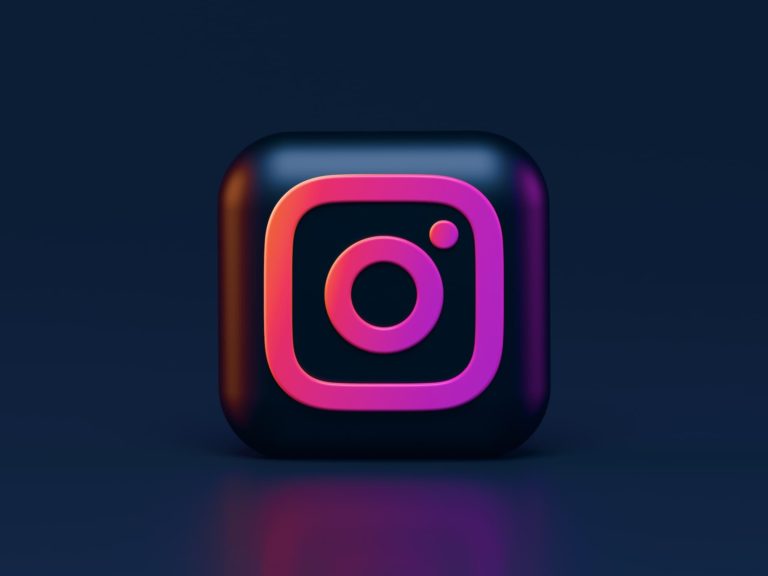
Shoppability is the new black. There’s a trend towards all things being shoppable. We’re talking buy buttons on everything from YouTube videos to Instagram Stories. This isn’t necessarily a new phenomenon but is one of many trends that’s been Covid-accelerated.
Elsewhere – and for similar reasons – we see a separate trend: visual commerce. This includes product visualization and visual search. The former lets you try on everything from shoes to lipstick to couches using AR lenses. The latter identifies things you point your phone at.
Panning back, these trends – shoppability and visual commerce – are on a collision course. Point your phone at a jacket a friend is wearing using Google Lens or Snap Scan, then buy it right on the spot. It compresses the purchase funnel through a visually-informed decision flow.
All of the above is underway, but there’s a ways to go in capability and cultural acclimation. Accelerating things is the self-motivated efforts of tech giants to future-proof their core businesses. This is the theme of our AR and Shopping Collide series, continuing here with Instagram.
Camera-Forward
One of AR’s key traits that’s been revealed is that it isn’t a silver bullet. Though it was trumpeted in its circa-2017 hype cycle to be a looming force that will revolutionize everything, it turns out to have narrower applicability. It’s still valuable but in a limited number of areas.
The lesson here is that AR works best when infused in fitting places. AR commerce in particular is best when it can integrate into an existing shopping flow, as we’ve examined in light of Houzz’s design principles. AR is too early and unproven to make users go out of their way.
This is why Instagram is natively primed for AR. Shopping and product discovery have become key components that users expect on Instagram. Its highly-visual and camera-forward persona is naturally conducive to discovering products – especially fashion items – from influencers.
To put some numbers behind the claim that shopping is natural on Instagram, it reports that 1.6 million users tag at least one brand each week. This includes content that ends up in the formal Shop tab, as well as the main Instagram feed – both of which see high shopping intent.
That shopping-forward UX provides a softer landing for AR….but that only gets you so far. The rest comes from adding AR in ways that are additive to the experience. And this is what Instagram continues to do. The idea is to add product visualization to the shopping flow.
To break that down, users can discover new products on their feed. AR then enters the picture to offer users the ability to better contextualize a given product by trying it on or visualizing it in their space through AR. Then to consummate the deal, they can purchase it on the spot.
Front-end Alignment
Instagram continues to cultivate the above behavior among users….then offers paid engagement to advertisers. The former happens to the tune of 700 million AR lens users, while the latter happens through sponsored lens options it continues to roll out for brand marketers.
Instagram’s other advantage and alignment with AR is the fact that its owner happens to be keen on immersive tech. Meta’s AR and VR investments are no secret. But Instagram’s sponsored lens play is one of the only revenue-generating parts of that plan (the other being Quest 2).
In fact, Instagram’s 1-billion active users and camera-forward persona are more aligned with AR than other Meta properties. Social sharing is also core to Instagram which drives lens distribution virally, just like Snapchat. This adds an additional viral kick to lens distribution.
But despite all that alignment, Instagram’s AR integrations have been overshadowed. All the hype and handwringing over Meta’s metaverse ambitions is a sexier news story than the gradual advancement of a real business in Instagram’s sponsored AR lens revenue.
Altogether Meta has several tracks for spatial computing, which will eventually converge. It has VR ambitions to connect the world in more immersive ways (and monetization therein), its longer-term and well-exposed metaverse play, and nearer-term mobile AR lenses.
The latter is the least sexy of the lot. But it’s a key step to getting users and developers acclimated to AR. That will prime the next era of immersive UX that Facebook is aiming for. But in the meantime, its mobile AR play – led by Instagram – is generating meaningful traction today.
Header Image Credit: Alexander Shatov on Unsplash

